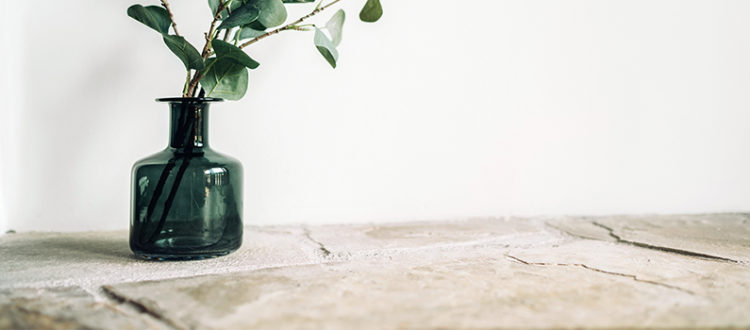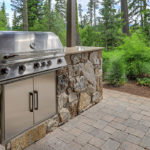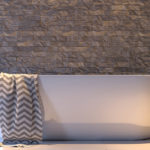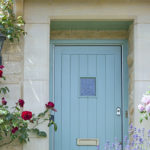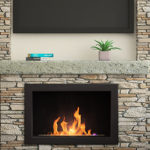Common Myths About Natural Stone
Common Myths About Natural Stone
Natural stones, such as limestone, have been used in building construction and decor for thousands of years. However, in recent times, some people have grown hesitant about using natural stone in their homes. With so many other material options available, such as wood, ceramic, and vinyl, homeowners find themselves in a sea of options. Clever marketing schemes have scared consumers away from using these natural and time-honored materials. If you find yourself on the fence about using natural stone for your project, it’s likely due to some of these common myths and misconceptions:
Myth #1: Natural Stone is Expensive
One of the biggest deterrents for natural stone is the fear of a high price tag. The idea that natural stone is only for the rich is an archaic notion. It’s true that natural stones were once a rarity only afforded by the upper class; however, with growing discoveries and enhanced mining techniques, natural stones are more accessible than ever. With greater inventory and streamlined processes, the cost has lowered significantly. In some cases, natural stone is even cheaper than manmade materials.
Myth #2: Natural Stone is High Maintenance
Just like with anything else, proper care will extend the life of natural stone and keep it looking like new. But maintenance is actually quite simple. Most stones require light dusting and wiping with a soft damp cloth. You can even purchase special cleaners for occasional deep cleaning. There are really only a few major things you need to worry about: avoid harsh chemicals and abrasives, wipe up spills immediately, and reseal when the sealant wears off.
In some ways, natural stone is lower maintenance than manmade materials since it doesn’t necessarily need to be replaced every 20 years. Well-maintained natural stone can last centuries and, in many cases, even be refurbished when it starts to wear down or stain.
Myth #3: Natural Stone Will Go Out of Style
Quite the contrary. Marble, for example, has stood the test of time and maintained its status as a high-end material since ancient times. And other stones, like limestone, can actually add value to a home as they age. Weathered or antiqued natural stones bring a certain old-world charm that home-buyers and collectors desire. People have always had a fascination with preserved pieces of history. You’ll never get that appeal from materials like vinyl or ceramic.
Myth #4: Natural Stone Doesn’t Work Well with Extreme Climates
Mother Nature specifically designed rocks to withstand their environments. No other material is more equipped to handle harsh temperatures and conditions. Even stones that are easily stained or scuffed are durable enough to handle fire, water, and freezing temperatures. Additionally, modern coatings and sealants add to the durability of natural stones and make them even more impervious to the elements.
Myth #5: Using Natural Stone is Bad for the Environment
You may think that choosing a manmade material is better for the environment since it doesn’t involve taking from the earth. But the harsh reality is that manmade materials require manufacturing which creates pollution and increases our carbon footprint. Also, they expose your household to chemical off-gassing, which is harmful to the health of humans and the world around us. Stones, however, are natural and require limited processing. They are also widely available and don’t deplete the earth of natural resources the same way that wood or fabric does.
Impression Can Dispel These Common Myths About Natural Stone
Give us a call and we will talk you through all the amazing benefits of natural stone. You can set your home apart from the rest with the timeless beauty and endless durability of organic rock. Whether you choose limestone, marble, or even reclaimed terracotta, we can create a custom home feature crafted specifically for you. Natural stone will bring value to your home and also add a personal touch — something that says “this space is mine.”

